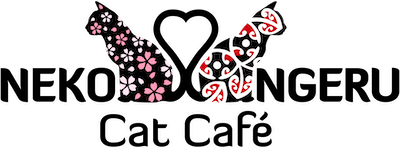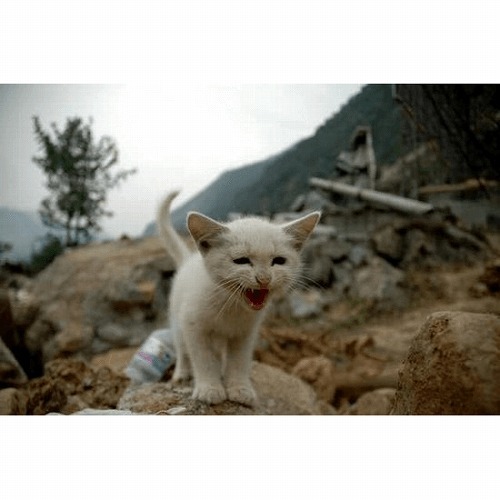We often think about what we would do with all our cats in a disaster. Recently, we saw an article from 2017 in Pet LIfe New Zealand with information from the SPCA Canterbury addressing this issue. Also the Animal Evac NZ Foundation is hosting a foundation course in Wellington in October. We will share the information and links to join the course here.
Follow this Plan to include your pet during a disaster:
- Include cat food in your survival kit. Remember when working out how much water you need for your family to include some for your cat too.
- Make sure your cat has up-to-date identification so you can be reunited if you get separated. Microchipping is one of the best forms of identification [which is why all Neko Ngeru cats are microchipped] this can be done by your vet. Make sure your cats’ microchips are registered with NZCAR database and keep it up-to-date if any information changes.
- Create a Pet Disaster Survival Kit. Make sure it is easy to access and, if time permits, take it with you if you have to leave your property. [See below for kit components]
- If you must leave your home quickly, collect your cat(s), cover them with a towel or blanket and put them in a cat carrier. Leave their toys and bedding behind–urgency and safety is paramount.
- If leaving is not possible, keep your cat(s) close. Try to coax them out from under beds or tables as they may be crushed in an earthquake. For your safety, as your cat(s) may be terrified, cover and wrap them in a towel or blanket.
- After the crisis has passed, comfort your cat(s) with soothing words and lots of cuddles.
If you have to leave, take your cat(s) with you. Your cat(s) cannot survive without you and you may not be able to return for several days.
Pet Disaster Survival Kit For Each Cat:
- cat carrier or crate
- cat harness and lead
- towel or blanket
- if your cat is not microchipped, a collar and tag with your contact details
- enough food and water for seven days
- if medication is needed, have a seven day supply
- bowls for food and water (enough so you can change and wash them)
- a tin opener if using tinned food
- photos of your cat(s)
- emergency contact list for your vet, animal rescues and local authorities
- litter trays, scoop and litter
- newspaper
- cleaning solution
- a backpack or container to carry everything
Here are some more details about the course:
Animal Evac is NZ’s only dedicated animal disaster management charity and it’s growing fast, now with over 200 trained volunteers. The course is a fun weekend of learning about Animal Evac, animal disaster management and pet friendly sheltering. Attendees come away with lots of practical skills, including how to care for their own pets in a disaster, microchip scanning, incident management database training and dog bite prevention.
NZVNA members can use the course for 5.5 CPD credits.
Link to find out more here.

